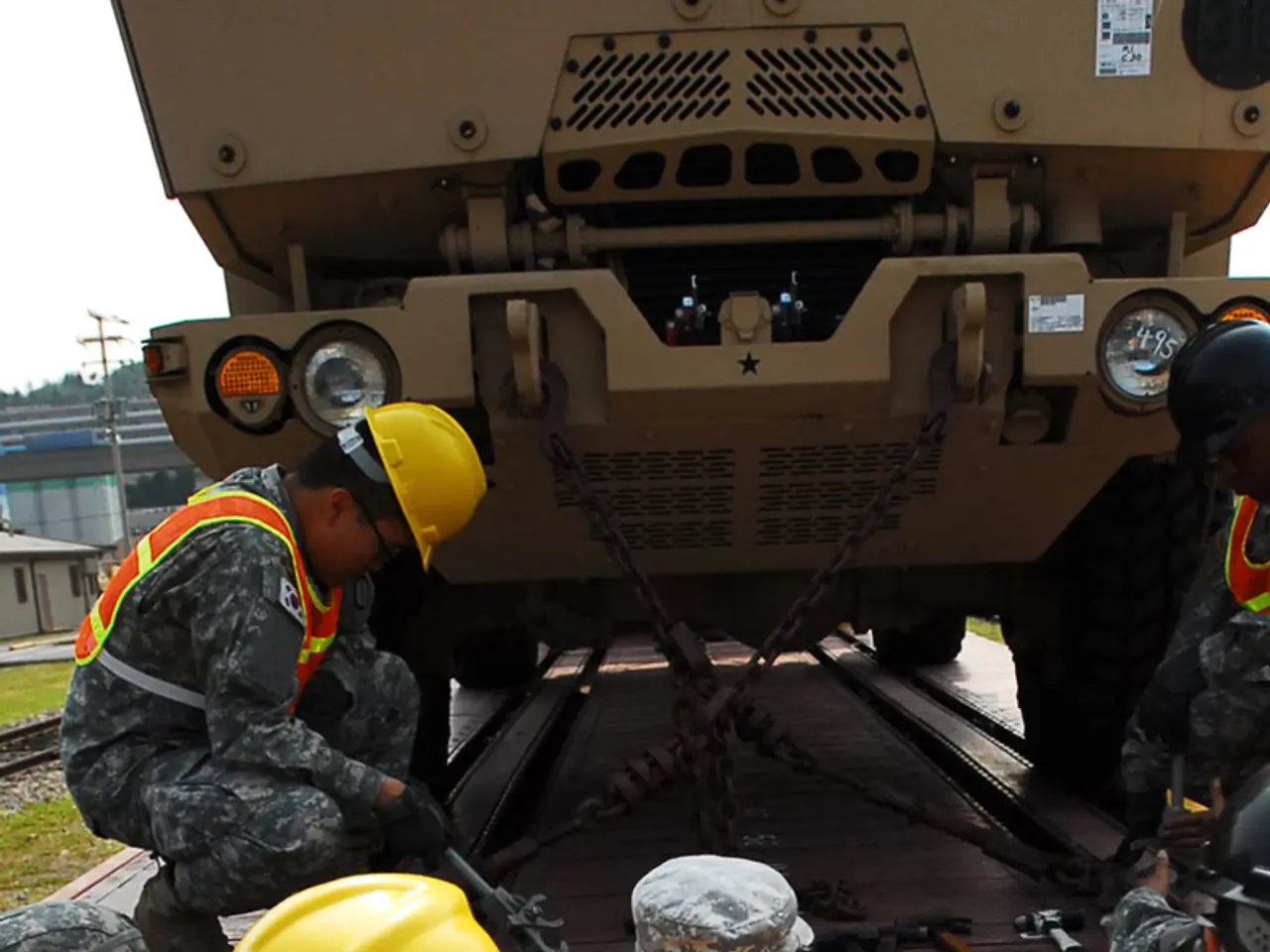Significance of Organized Representation for Air Traffic Controllers
## Strengthening Air Traffic Control: The Role of Unions
In the fast-paced and high-stakes world of air traffic control, unions are increasingly being recognised as crucial players in ensuring a safe, efficient, and secure aviation system. The National Air Traffic Controllers Association (NATCA) in the United States, the International Federation of Air Traffic Controllers' Associations (IFATCA) on a global scale, and numerous other regional associations, are working tirelessly to improve the working conditions and welfare of air traffic controllers worldwide.
### Improved Working Conditions and Job Security
By negotiating for better working conditions, unions can secure safe staffing levels, manageable workloads, and adequate rest periods for air traffic controllers. This is essential for maintaining focus and reducing errors in the high-stress environments of air traffic control towers. Furthermore, unionization provides air traffic controllers with greater job security, protecting them against unfair layoffs and firings, which is vital for maintaining a skilled workforce.
### Better Compensation and Benefits
Unions can advocate for competitive salaries, benefits, and retirement packages, which help attract and retain skilled air traffic controllers. A well-paid, well-trained, and well-rested workforce is not only beneficial for the controllers themselves, but it is also essential to public safety. The Economic Policy Institute (EPI) and the Center for American Progress (CAP) are just two examples of nonpartisan think tanks that have reported on the importance of unions in ensuring fair compensation and benefits for workers.
### Enhanced Training and Development
Unions can push for comprehensive training programs and opportunities for professional development, ensuring that air traffic controllers are equipped with the latest skills and technologies. This ongoing education is vital for keeping up with the ever-evolving demands of air traffic control and for maintaining the highest standards of safety.
### Increased Voice in Policy and Modernization
Unionized air traffic controllers can have a stronger voice in shaping aviation policies and modernization efforts. This includes input on safety standards, technology adoption, and infrastructure development. By advocating for their interests, unions can help ensure that air traffic control systems operate safely and efficiently, preventing the kind of disruptions caused by underfunding or short-term federal budget crises.
### International Collaboration and Standards
Global unionization can facilitate international cooperation and the adoption of consistent safety standards and best practices across different countries. This collaboration is crucial for maintaining a high level of safety and efficiency in global air travel systems.
### Mental Health Support and Stress Reduction
Given the stressful, demanding, and mentally taxing nature of air traffic control, unions can advocate for mental health support and stress reduction measures. These measures are critical for the well-being of professionals working in high-pressure environments like air traffic control.
In conclusion, unionizing air traffic controllers can lead to a more stable, skilled, and safe workforce, which is essential for maintaining the integrity and efficiency of global air travel systems. By advocating for better pay, working conditions, and safety standards, unions are instrumental in ensuring the continued success and safety of the aviation industry.
Air traffic controllers, unionized through associations like NATCA and IFATCA, strive to improve their working conditions, endeavoring to secure safe staffing levels, manageable workloads, and adequate rest periods. Unionization also provides air traffic controllers with job security, protecting them against unwarranted layoffs and terminations.
In terms of compensation, unions aim to negotiate competitive salaries, benefits, and retirement packages to attract and retain skilled professionals. Enhanced training and development opportunities are another key focus, ensuring air traffic controllers are equipped with the latest skills and technologies.
Unions also work towards increasing their voice in policy and modernization decisions, advocating for their interests in safety standards, technology adoption, and infrastructure development. This collaboration on a global scale can lead to the adoption of consistent safety standards and best practices across countries.
Lastly, recognizing the mentally taxing nature of air traffic control, unions strive to implement mental health support and stress reduction measures for the wellbeing of their members. This holistic approach to workplace wellness is crucial in high-pressure environments like air traffic control.




